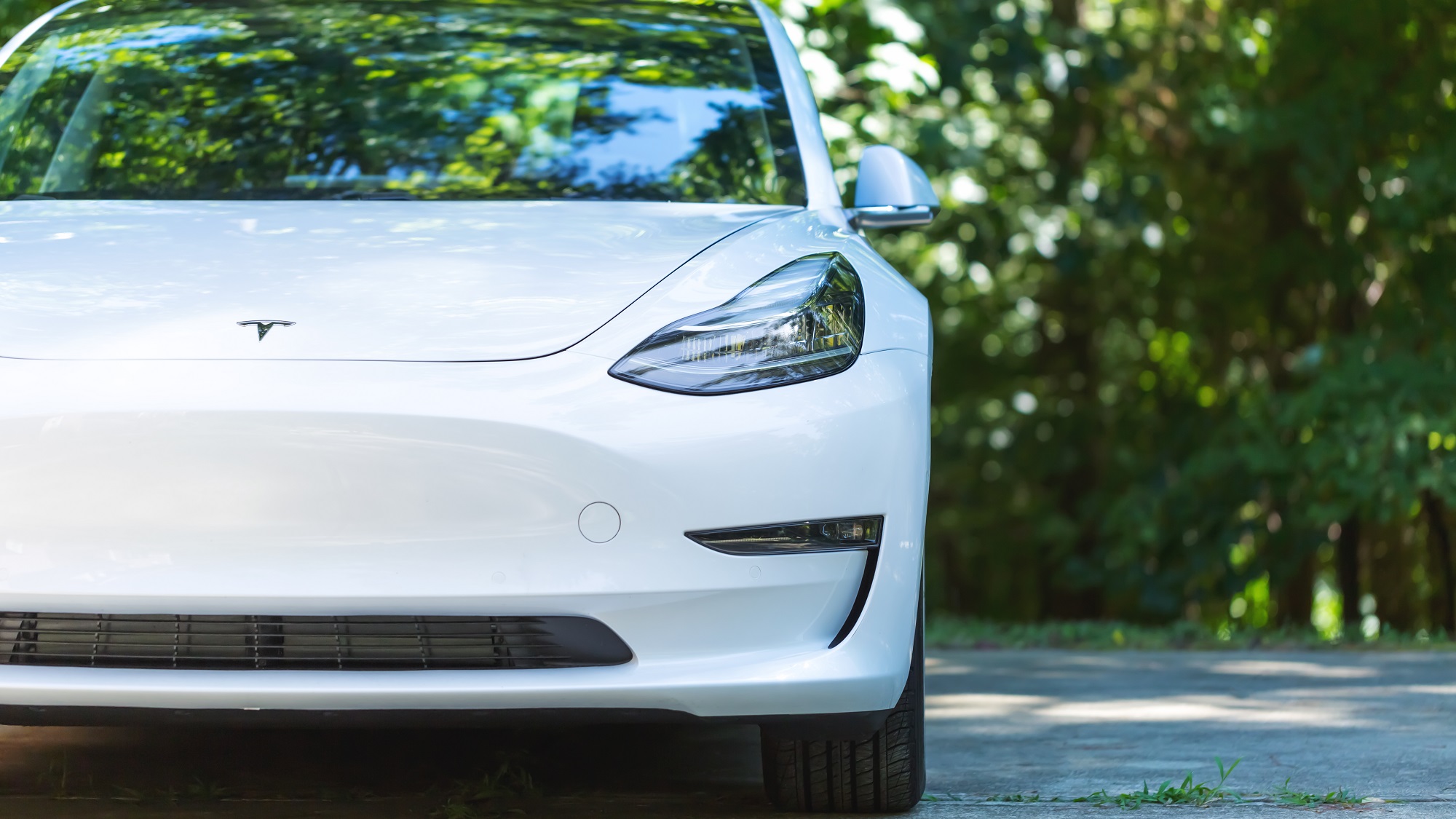Tesla’s 'Full Self-Driving' software just got a big price hike to $12,000
Tesla FSD gets its second price hike in two years

Tesla’s “Full Self-Driving” (FSD) software is about to get its second big price hike since it first entered beta in October 2020. What began at $8,000 quickly rose to $10,000 within days, and now it’s set to rise to $12,000 later this month.
The change, which was announced by CEO and founder Elon Musk on Twitter, only applies to the United States for the moment, and will go into effect on January 17.
Just in the USJanuary 7, 2022
In a follow-up tweet, Musk suggested that this may not be the last price rise, either. “FSD price will rise as we get closer to FSD production code release,” he added.
For now, users can still pay $199 per month for the feature if they prefer, but when asked Musk said that that the monthly price would also rise as the software gets closer to its full release.
The software is still in beta mode, but not everyone can use it. Drivers with the right on-board hardware will also need to prove they can be trusted not to leave the car to its own devices, by enabling the Tesla insurance calculator for seven days to assess their general driving competence.
That’s because while the self-driving software should be able to get a person from A to B without intervention, drivers still need to be on hand just in case. Indeed, the beta notes specifically warn users against letting their guard down saying it may “do the wrong thing at the worst time.”
Tesla Autopilot vs FSD
Doubtless a one-off payment of $12,000 — or a subscription of $199 a month — is a lot to pay for a beta feature, and especially one that still requires the driver’s attention. But it’s worth clarifying that FSD remains a big step up from Autopilot, which has been a part of Tesla vehicles for years.
Sign up to get the BEST of Tom's Guide direct to your inbox.
Get instant access to breaking news, the hottest reviews, great deals and helpful tips.
As Tesla’s website explains, Autopilot is designed to make driving more comfortable, but something that still needs your full attention. It works best on highway driving where the car can easily see road lines and match its speed to nearby vehicles for an automated cruise control.
FSD, meanwhile, should require far less involvement from the driver, with the car not only capable of coping on the highway, but of entering via an on ramp and changing lanes when the driver flicks a turn signal. It should also react to traffic lights, and park for you when you’ve reached your destination.
But there’s a reason this is still in beta, and that’s because the step up from Autopilot to FSD is a big one. As Musk himself tweeted back in April, “the entire road system is designed for biological neural nets with optical imagers.” Or humans, to put it more succinctly.
Depending on how you look at it, that’s either a sign that a $12,000 price tag is a small price to pay for the tech involved, or something that’s best left to humans until proven otherwise.
Freelance contributor Alan has been writing about tech for over a decade, covering phones, drones and everything in between. Previously Deputy Editor of tech site Alphr, his words are found all over the web and in the occasional magazine too. When not weighing up the pros and cons of the latest smartwatch, you'll probably find him tackling his ever-growing games backlog. Or, more likely, playing Spelunky for the millionth time.

